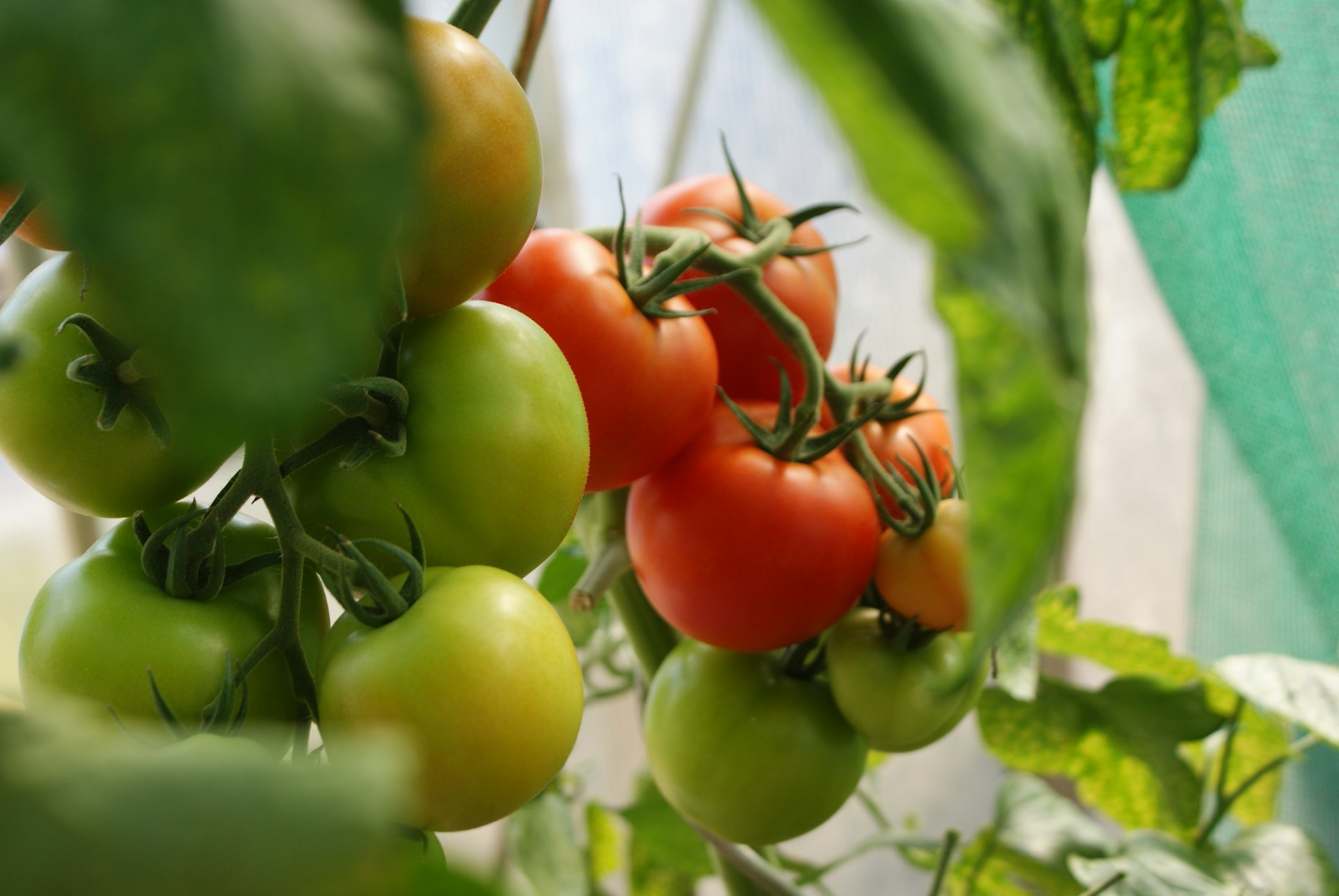Tomato growing is fun for all gardeners. One of the best bits is watching the buds grow into blooms. Knowing the stages of this process not only helps you appreciate nature but also gives you the knowledge to get the most out of your garden. This post goes through the stages of tomato plant flowers, with practical tips to help your garden thrive.
Setting the Scene
Imagine walking into your garden, sun shining on the soil and your tomato plants looking healthy. Those small green buds nestled in the leaves are the promise of juicy ripe tomatoes. But how do these buds turn into flowers and then into fruit? Let’s go through the stages from bud to bloom in tomato plant flowers.
Stage 1: Bud Formation
The journey starts with bud formation. This is the most important stage as it sets the whole flowering process in motion. Buds usually appear in clusters at the joints where the leaves meet the stem. At this point the buds are small and green and look like tiny beads.
Temperature and Light Requirements
Temperature and light are key during this stage. Tomato plant flowers need a consistent temperature of 70°F to 85°F during the day and 55°F to 70°F at night. 6-8 hours of sunlight per day is important for healthy bud formation. Make sure your plants get the right amount of light and warmth and you’ll have the perfect environment for budding.
Watering and Nutrients
Proper watering and nutrients are important during bud formation. Tomato plants need regular watering, the soil should be consistently moist but not waterlogged. Overwatering can cause root rot, underwatering can stress the plant and hinder bud development. Balanced fertilization with a focus on phosphorus will support strong bud growth. Phosphorus rich fertilizers like bone meal or rock phosphate can be added to the soil to encourage bud formation.
Stage 2: Flower Initiation
Once the buds are formed the next stage is flower initiation. During this stage the buds will start to grow and take shape. You will see tiny green sepals forming which protect the developing flower.
Pollination Preparation
Flower initiation is closely tied to pollination preparation. Tomato plant flowers have self pollinating flowers meaning they have both male (stamens) and female (pistils) reproductive organs. Proper pollination is key to fruit set. Gently shaking the plant or using a small brush to transfer pollen within the flowers can help with pollination especially in indoor or greenhouse situations where natural pollinators may be limited.
Supporting Growth
To support flower initiation you need to maintain optimal conditions. Consistent watering, balanced feeding and plenty of light are key. Pruning the lower leaves of the plant will improve air circulation and reduce the risk of disease and promote healthier flower development.
Stage 3: Flower Blooming
As the buds grow they will eventually reach the flowering stage. This is when the flowers open up and show their yellow petals. Flowering is the critical stage as it directly affects fruit production.
Ideal Conditions for Flowering
Tomato flowers love warm temperatures and moderate humidity. Daytime temperatures 70-85°F and nighttime temperatures 55-70°F are ideal. High humidity above 90% can cause the pollen to clump together. Proper ventilation and using fans in indoor situations will help maintain ideal humidity.
Pollination Success
Successful pollination during the flowering stage is key to fruit set. In outdoor gardens natural pollinators like bees and wind do the work. In greenhouses or indoor gardens manual pollination techniques like tapping the flower clusters or using an electric toothbrush to vibrate the plant can mimic the natural process and help with pollination success.
Stage 4: Post Bloom and Fruit Set
After flowering the focus is on post bloom and fruit set. This stage is where the flowers turn into fruit and the tomato starts to grow.
Identifying Successful Pollination
Successful pollination is when the flowers start to wilt and tiny green fruit start to form at the base of the flower. This is a key indicator that the plant is moving towards fruit development. Monitoring the flowers and early detection of fruit set will help you gauge the success of your pollination.
Continued Care
During the post bloom stage continued care is important for fruit development. Consistent watering especially during dry spells ensures the developing fruit gets enough moisture. Mulching around the base of the plants helps retain soil moisture and temperature. Balanced fertilization with focus on potassium supports fruit growth.
Case Study: Enhancing Tomato Yield
A community garden in an urban area was struggling with tomato production. The plants were healthy but the yield was lower than expected. The gardeners decided to try some specific techniques to enhance flower development and fruit set.
Improved Pollination Techniques
The gardeners introduced manual pollination techniques to supplement natural pollinators. By gently shaking the flower clusters and using an electric toothbrush to vibrate the plants they mimicked the effects of wind and insects. This resulted in a noticeable increase in pollination and fruit set.
Optimized Growing Conditions
To create an optimal environment for tomato flowers the gardeners adjusted their watering schedule and implemented a mulching system to retain soil moisture. They also pruned the lower leaves to improve air circulation and reduce disease risk. This resulted in healthier plants and more tomatoes.
Conclusion
To get the most out of your harvest you need to understand the stages from bud to bloom in tomato plant flowers. From bud formation and flower initiation to blooming and fruit set each stage is important for the overall health and productivity of your tomato plants. By optimizing growing conditions, pollination and care you can get a big harvest of tomatoes. Enjoy the journey from bud to bloom and watch the magic happen in your garden. Happy gardening!

